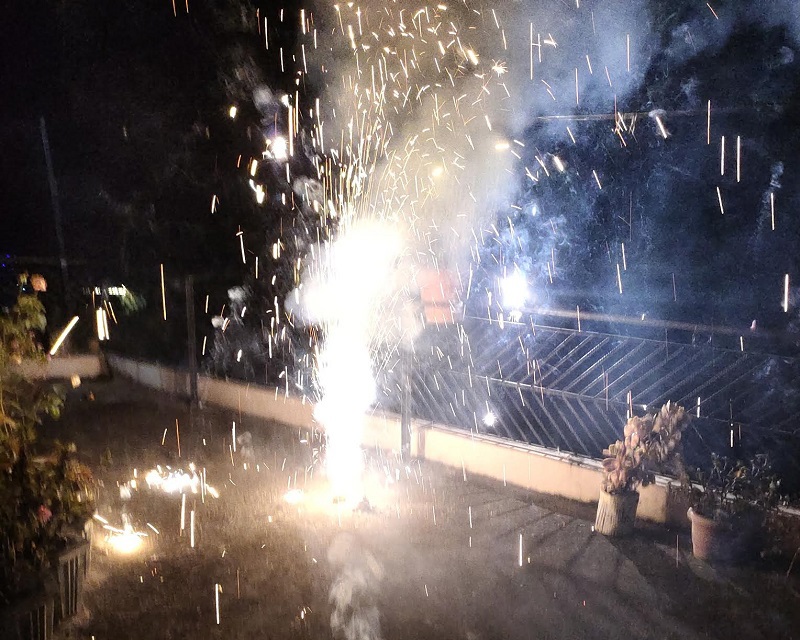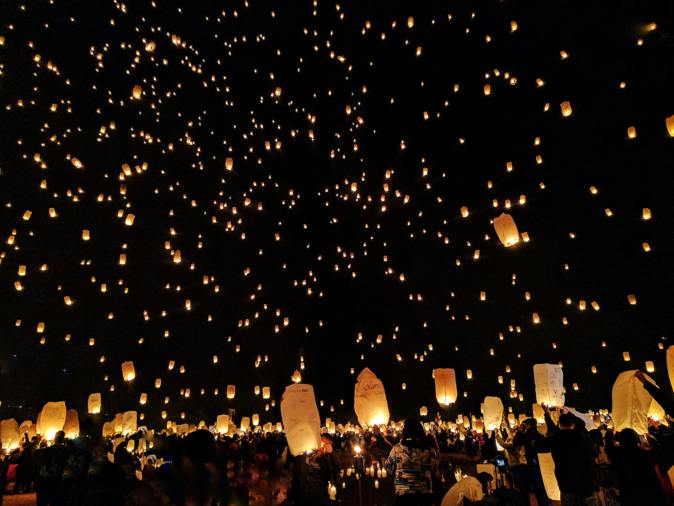


India, a mosaic of cultures and traditions, celebrates a plethora of festivals that reflect its rich heritage across various regions. In North India, Diwali, the Festival of Lights, illuminates homes and skies with oil lamps and fireworks, symbolizing the triumph of light over darkness, while Holi, the festival of colors, marks the arrival of spring with vibrant hues in Uttar Pradesh, Rajasthan, and Haryana. The eastern region, particularly West Bengal, comes alive with Durga Puja, a grand celebration of the goddess Durga's victory over evil, marked by intricate pandals, cultural performances, and feasts. In South India, Pongal, a harvest festival, is celebrated with fervor in Tamil Nadu, honoring the Sun God and offering thanks for a bountiful harvest through traditional rituals and community feasts. The western region sees Maharashtra reveling in Ganesh Chaturthi, where elaborate idols of Lord Ganesha are worshipped and later immersed in water with great pomp and ceremony. Additionally, Gujarat's Navratri is marked by vibrant garba and dandiya dances, celebrating the divine feminine energy. The northeastern states, with their unique tribal cultures, celebrate festivals like Bihu in Assam, which marks the Assamese New Year with traditional dances and feasts. Each festival in India, from the snow-capped Himalayas to the coastal plains, showcases the country's unity in diversity, blending spirituality, joy, and community spirit, making India a land of endless celebrations.
Diwali is not just a religious festival but also a cultural celebration that brings together people of different communities and backgrounds. It is a time for family gatherings, feasting, lighting lamps, fireworks, and sharing joy. The festival also signifies the start of the new financial year for many businesses in India.
In summary, Diwali is a festival with deep historical, cultural, and religious significance, celebrated with great enthusiasm and devotion across India and beyond.
